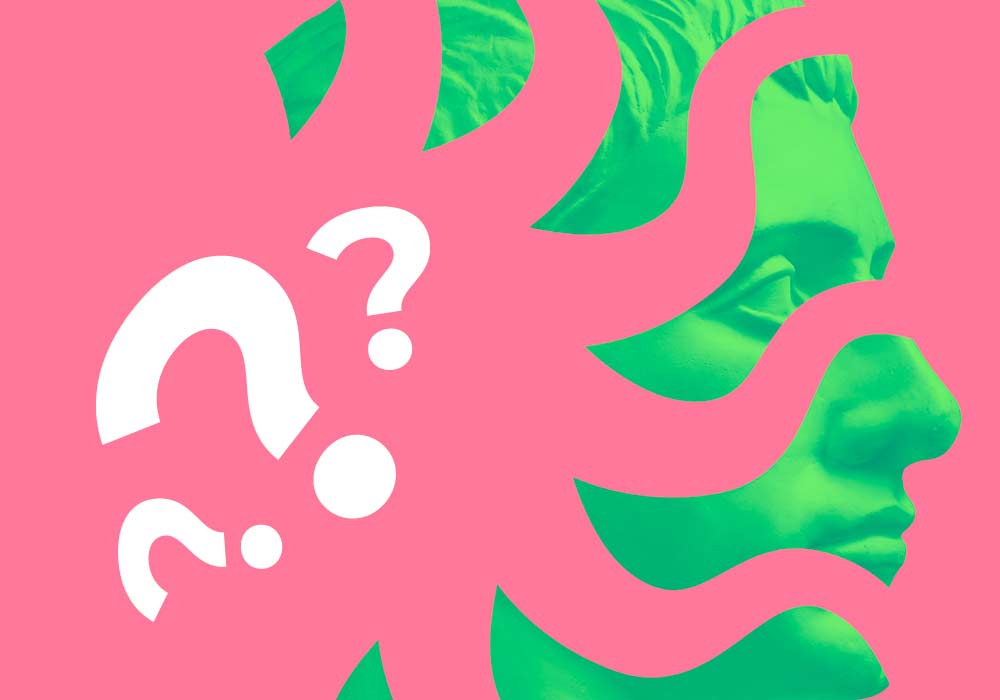In this article we’ll try to summarise their results and report their conclusions.
What distinguishes curiosity from concepts such as interest or motivation?
The authors of the first review of curiosity in the paper explain that, although curiosity has always been a characteristic examined by scholars (in ancient Greece as a virtue, and in the Middle Ages as a vice), the first modern scientist to study curiosity was Daniel Berlyne.
Berlyne distinguished curiosity between epistemic curiosity (desire or preference for learning) and perceptual curiosity (desire for novel sensory information). Although epistemic curiosity is the most interesting for the corporate world, the authors remind us that perceptual curiosity can be very important for certain professional disciplines or tasks where intuition or creativity are relevant (e.g., fine dining restaurants, or performing arts professionals).
“Berlyne distinguished curiosity between epistemic curiosity (desire or preference for learning) and perceptual curiosity (desire for novel sensory information)”.
Lievens and his team also help to better understand the concept of curiosity by offering a comparison with similar concepts such as learning orientation, interest, intrinsic motivation, intellectual engagement, sensation seeking or passion.
There are some similarities between these concepts and they can coexist in each person, but each addresses a precise reality and has a different purpose. For example, while learning orientation refers to the willingness to learn from mistakes and the desire to repeat difficult tasks in order to become more competent, curiosity does not aim at becoming more competent, but at finding new, hitherto unknown information.
Or, while intrinsic motivation refers to performing an action because it’s stimulating, interesting or pleasurable, curiosity is a desire to freely explore (curiosity is always free) something that was unknown. As a final example, while interest can be defined as attention to a specific area or concept, curiosity is a disposition towards an appreciation of learning.
“We can understand curiosity as a disposition towards knowledge, not limited to one area, but to learning itself, and in a free way”.
Therefore, by comparison with analogous concepts, we can understand curiosity as a disposition towards knowledge, not limited to one area, but to learning itself, and in a free way.
Curiosity cannot be imposed, but it can be stimulated. This is well known to parents and schools that offer stimulating environments (with spaces for exploration), that ask open questions, investigate together, offer unstructured time, read stories, and always reinforce the learning process in a positive way.
Positive and negative effects of curiosity in the workplace
One of the novelties of Lievens’ systematic review of curiosity at work is that it distinguishes between “internalised” curiosity as an internal property of an individual, from “externalised” curiosity that facilitates organisational action.
In their analysis of internalised curiosity, the researchers distinguish or categorise the results into three domains:
- Curiosity as a catalyst for intrapersonal action.
- The functional and dysfunctional effects of curiosity.
- Curiosity as a catalyst for interpersonal action.
Let’s delve into each one of them.

